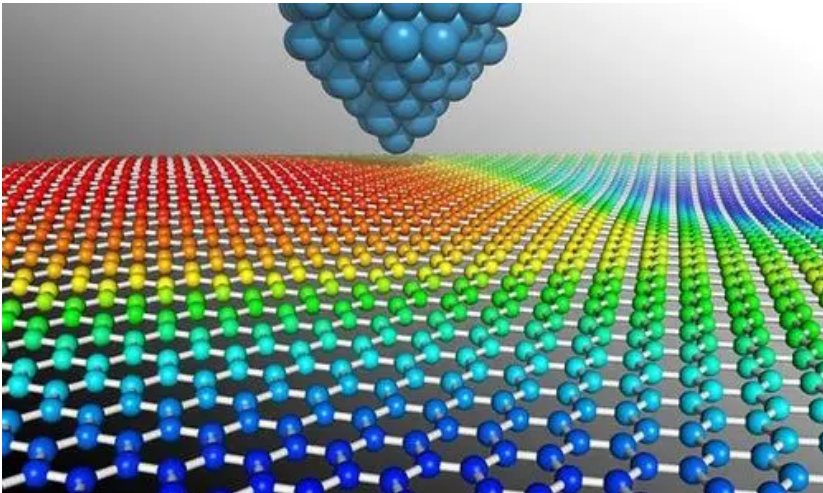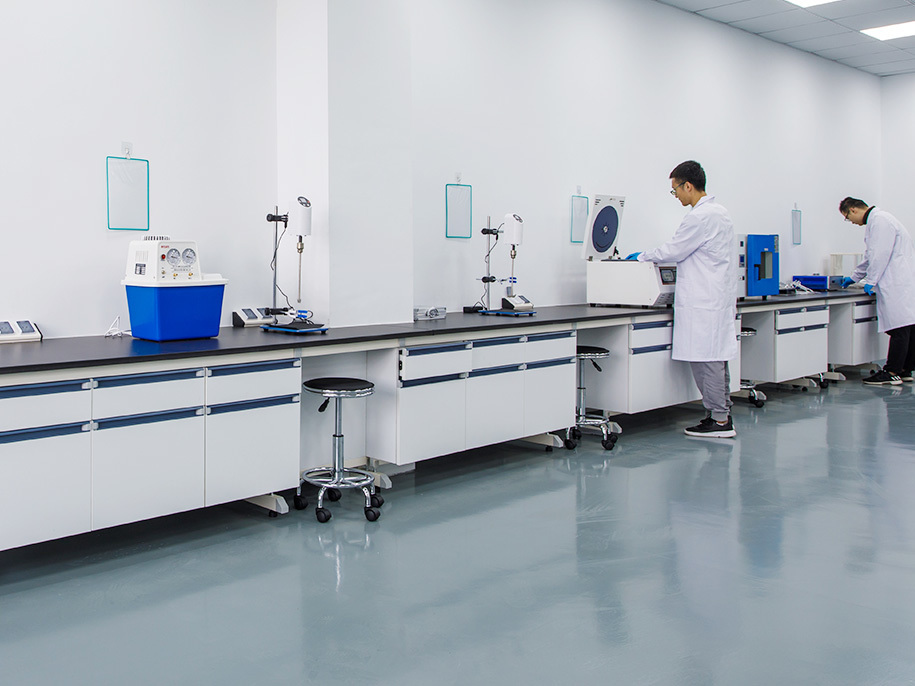Graphene in Smart Coatings: Applications in Thermal Regulation, Sensing, and Self-Healing
Graphene’s extraordinary properties—high thermal conductivity, electrical conductivity, mechanical strength, and flexibility—make it a cornerstone material for smart coatings. These advanced coatings are designed to perform specific functions such as thermal regulation, environmental sensing, and self-healing, making them suitable for high-tech and energy-efficient applications.

1. Thermal Regulation (Temperature Control)
Mechanisms
Graphene’s exceptional thermal conductivity (up to 5300 W/m·K) enables it to efficiently transfer and dissipate heat. It can be incorporated into smart coatings to regulate temperature by either conducting heat away or retaining it in specific environments.
Applications
- Building Energy Efficiency:
Graphene-based coatings on walls and roofs can reflect heat in summer and retain warmth in winter, reducing energy consumption for heating and cooling.- Example: A graphene-infused thermal paint applied in office buildings in Dubai demonstrated a 15% reduction in cooling costs during summer.
- Electronics and Devices:
Graphene coatings dissipate heat from electronic components, improving performance and lifespan.- Example: A smartphone manufacturer used graphene thermal coatings for battery and processor cooling, preventing overheating during intensive use.
- Clothing and Wearables:
Thermal-regulating coatings on fabrics can provide comfort in extreme weather conditions.- Example: Smart jackets with graphene-coated layers are now available in the market, offering both insulation in cold environments and heat dissipation in warmer climates.
Advantages
- High thermal conductivity reduces hotspots.
- Eco-friendly and energy-efficient solutions.
- Lightweight and adaptable to various substrates.
2. Sensing (Environmental and Structural Monitoring)
Mechanisms
Graphene’s high electrical sensitivity and flexibility allow it to detect minute changes in environmental conditions (e.g., temperature, humidity, gas concentration, or pressure). When integrated into coatings, graphene creates a responsive layer capable of real-time monitoring.
Applications
- Environmental Sensors:
Smart coatings with graphene can monitor air quality by detecting pollutants like NO2, CO2, and volatile organic compounds (VOCs).- Example: Graphene-based coatings on urban structures in Beijing monitored smog levels during high pollution events.
- Structural Health Monitoring:
Coatings on bridges, buildings, and pipelines can detect stress, cracks, or deformation through changes in electrical resistance.- Example: A bridge in Germany was coated with a graphene-enhanced sensor layer, allowing real-time monitoring of stress points to prevent structural failures.
- Temperature and Humidity Control in Food Storage:
Graphene sensors in food warehouses can detect subtle changes in environmental conditions to ensure optimal storage.- Example: A dairy facility in the US used graphene-coated walls to monitor temperature fluctuations, reducing spoilage by 20%.
Advantages
- Ultra-sensitive detection of environmental changes.
- Real-time data transmission for smart systems.
- Long-lasting and durable sensing layers.
3. Self-Healing Coatings
Mechanisms
Graphene enhances self-healing capabilities in coatings through two primary mechanisms:
- Stimuli-Responsive Materials: Graphene oxide (GO) reacts to external stimuli (e.g., heat, light, or moisture) to restore damage.
- Conductivity for Damage Localization: Graphene’s electrical conductivity aids in identifying damage areas, which can then trigger localized healing processes.
Applications
- Automotive Industry:
Graphene-based self-healing coatings protect vehicle surfaces from scratches and minor damages. When exposed to sunlight or heat, the coating repairs itself by realigning its molecular structure.- Example: Luxury car manufacturers in Europe are testing graphene-infused clear coats that can self-heal scratches within minutes.
- Aerospace and Aviation:
Self-healing coatings on aircraft prevent corrosion and fatigue cracks, reducing maintenance costs and improving safety.- Example: A graphene-based polymer coating for aircraft fuselages demonstrated the ability to heal micro-cracks caused by extreme temperature fluctuations.
- Pipeline and Infrastructure:
Coatings on pipelines and industrial structures heal micro-damages caused by wear and tear, preventing leaks and extending service life.- Example: Oil pipelines in Canada with graphene self-healing coatings showed reduced maintenance frequency over five years.
Advantages
- Prolongs the lifespan of materials.
- Reduces maintenance costs and downtime.
- Responsive to multiple stimuli (e.g., heat, UV light, humidity).
Synergies in Smart Coatings
Graphene’s multifunctionality allows for combining thermal regulation, sensing, and self-healing into a single coating for advanced applications:
- Smart Buildings: Walls coated with graphene-based smart paint can regulate temperature, detect structural issues, and self-heal minor cracks.
- Automotive Smart Systems: Coatings can maintain optimal temperature, detect potential damages, and repair themselves on the go.
- Wearable Devices: Graphene coatings on textiles provide thermal comfort, sense environmental conditions, and heal small tears or wear.
Future Prospects
The integration of graphene in smart coatings is still evolving. Challenges such as large-scale production, cost reduction, and regulatory approvals need to be addressed for broader adoption. However, the potential benefits in energy efficiency, safety, and durability make graphene a game-changing material in the smart coatings industry.

